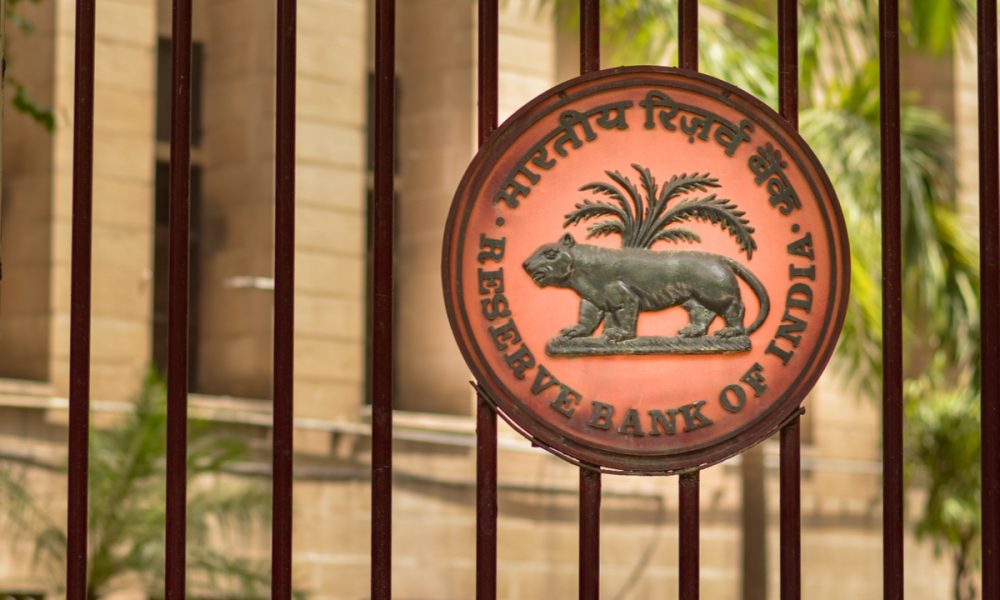The Reserve Bank of India (RBI) recently held the first monetary policy review for FY26, wherein it made several statements concerning developmental and regulatory policy measures. Here are the key announcements concerning payment systems and fintech:Revision of UPI transaction limitsThe RBI announced that the National Payments Corporation of India (NPCI) can revise limits for person-to-merchant (P2M) transactions on UPI, which were initially capped at Rs 1 lakh. Notably, higher limits of Rs 2 lakh and Rs 5 lakh apply to certain merchant categories like education and healthcare.
However, the NPCI must do so in consultation with banks and other stakeholders while considering appropriate safeguards to alleviate risks associated with raising the limits. The central bank clarified that the revision aims to address evolving user needs and does not apply to person-to-person (P2P) transactions, which remain capped at Rs 1 lakh. Finally, the RBI also specified that banks would have the discretion to decide their own internal limits within those stipulated by the NPCI.

Why this matters?This decision comes as P2M transactions have overtaken P2P transactions on UPI, as reported in the RBI’s Payment Systems Report for December 2024. The report also revealed that while users pay merchants in larger numbers via UPI, the total value of transactions remains higher for P2P transfers. Additionally, transaction volume analysis indicated that most UPI users made P2M payments for food and beverages, followed by retail and shopping, with utilities accounting for a smaller share.
However, in terms of transaction value, users spent the most money via UPI on retail and shopping-related activities.Additionally, the Union Cabinet recently approved a Rs 1,500 crore incentive scheme for small merchants for P2M UPI transactions under Rs 2,000.Regulatory sandbox theme neutral made “on tap”The RBI also made its regulatory sandbox theme-neutral and available “on tap” to “foster continuous innovation and keep pace with the rapidly evolving fintech/regulatory landscape.
” As per the RBI’s press release, entities can now submit applications on a range of topics such as digital financial literacy, digital lending and alternate credit scoring, e-KYC, identity verification, and technologies like AI/ML (Artificial Intelligence/Machine Learning), blockchain, and regtech.For context, the RBI’s Regulatory Sandbox Framework was announced in 2019 and has four other cohorts—retail payments, cross-border payments, MSME (micro, small, and medium enterprises) lending, and the prevention and mitigation of financial frauds. Notably, the RBI announced the final cohort in October 2023, later selecting five entities from 22 applications to enter the test phase.
Also Read:Union Cabinet Approves Rs 1,500 Crore Outlay For UPI Transactions: What It MeansP2M transactions now exceed P2P transactions on UPI as it crosses 82% of digital payment volumes in IndiaRBI Digest: New Regulatory Sandbox Cohort, Penalty On Three Payment Companies And MoreThe post RBI’s FY26 Monetary Policy: Key Announcements Shaping Fintech and Payment Systems appeared first on MEDIANAMA..
Technology

RBI’s FY26 Monetary Policy: Key Announcements Shaping Fintech and Payment Systems

RBI's FY26 monetary policy marks a significant shift in India's digital payment space.The post RBI’s FY26 Monetary Policy: Key Announcements Shaping Fintech and Payment Systems appeared first on MEDIANAMA.















